Trinity - A Natural Large Graph Processing Platform That Powers Bing
2 min. read
Published on
Read our disclosure page to find out how can you help MSPoweruser sustain the editorial team Read more
Microsoft’s Bing is focused on making the search much more social and fast. In an attempt to enhance the current social flavour now one gets with Bing search (assuming the user has connected Facebook account with Bing), Microsoft may soon add more social behaviour to the search results which will help the users easily find places which had been visited by their friends. This is achieved by fetching more status updates from the users’ friends relevant Facebook status updates. To make this possible, project “Trinity” may help.
What is Trinity?
According to Microsoft, ” Trinity is a general purpose distributed graph system over a memory cloud. Memory cloud is a globally addressable, in-memory key-value store over a cluster of machines. Through the distributed in-memory storage, Trinity provides fast random data access power over a large data set. This makes Trinity a natural large graph processing platform.”
How Trinity can benefit Bing?
People Search in a Social Network here Facebook can be done efficiently with the help of “Trinity”. This is essential as Bing is searching a huge social network to fetch the relevant status updates for the search query.
So, How does it work?
Assuming a user is logged in Facebook and connected to Bing search, on firing a search query Bing checks the user’s Facebook network to if there is anything relevant. “Assuming on average, a person has 130 friends in Facebook. Searching within 2 hop means accessing 130+1302 nodes, and searching within 3 hop means accessing 130+1302+1303 nodes. The search must be conducted very efficiently”
As shown below in the screenshot, the 2-hop query can be completed within 10ms (ms-milliseconds)
whereas, the 3-hop query can take slightly higher time and can be completed within 100 ms as shown below. Now assume the time required for the higher hop queries.
Release
As of now, it is accessible only in the Intranet at Microsoft Research Asia. We look forward for the release, stay tuned.
For further details about the project, read the Trinity manual which can be downloaded here



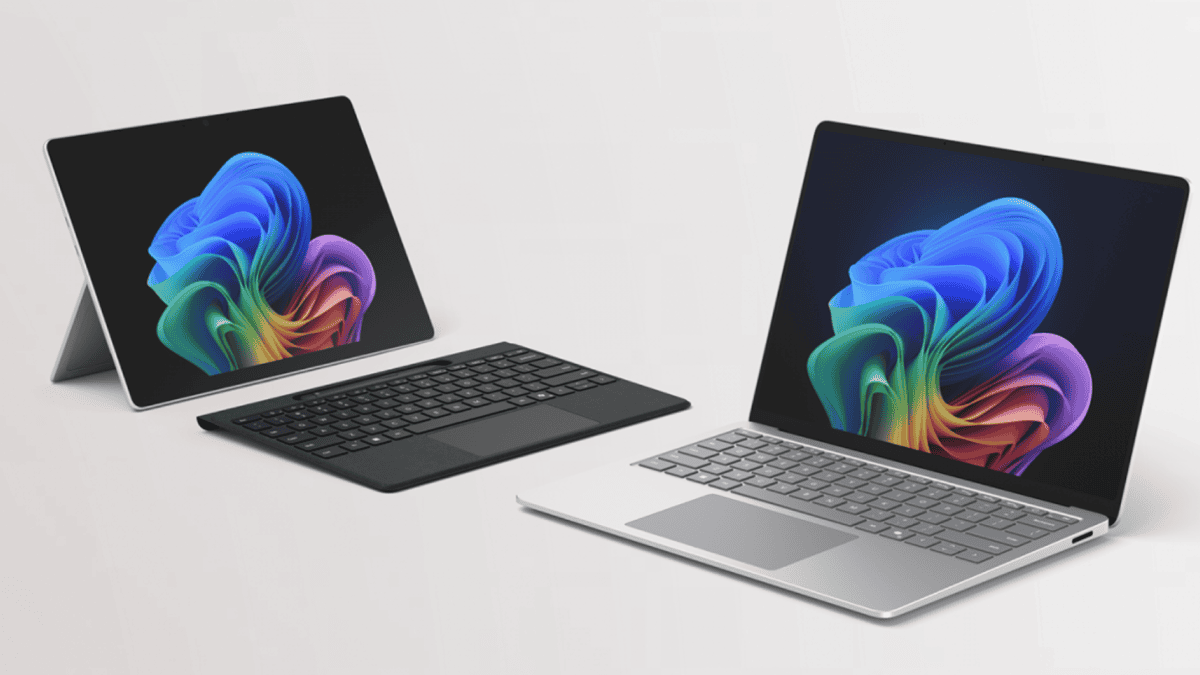

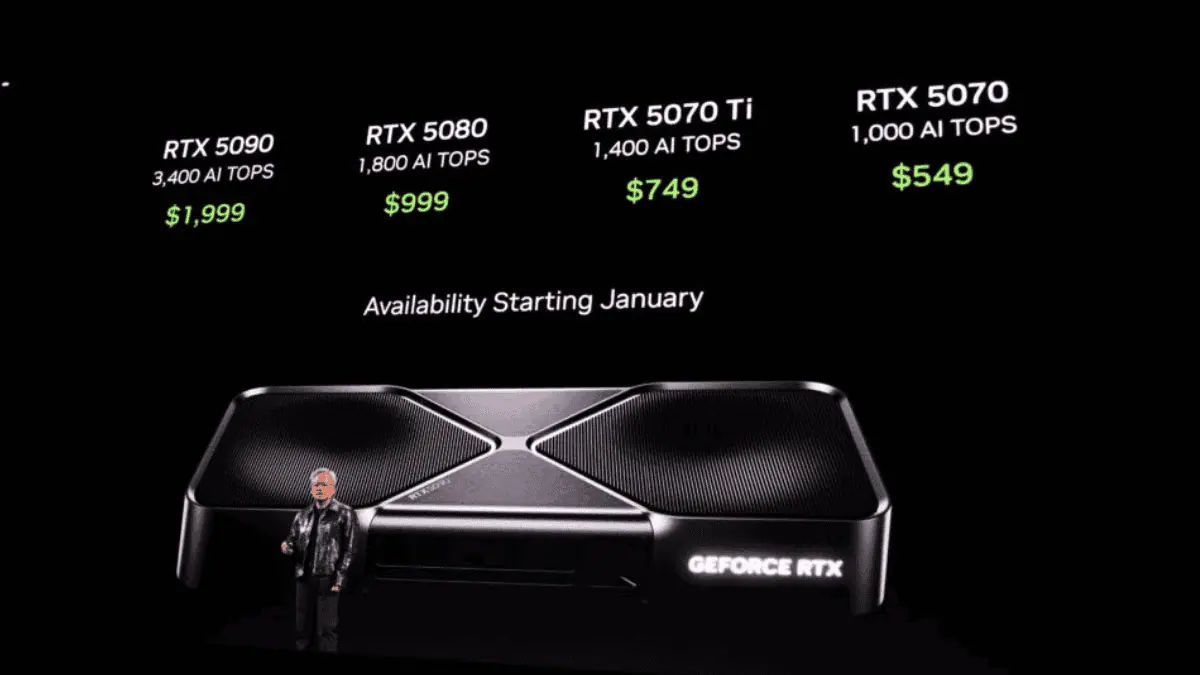
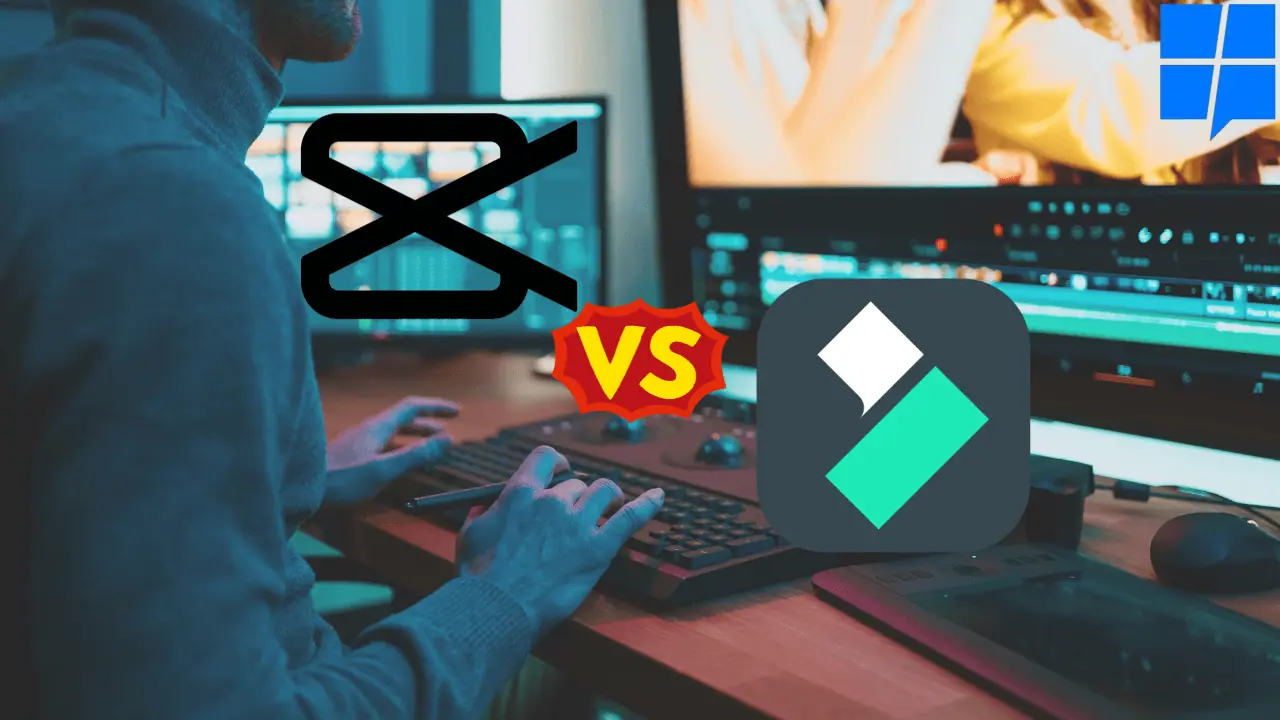
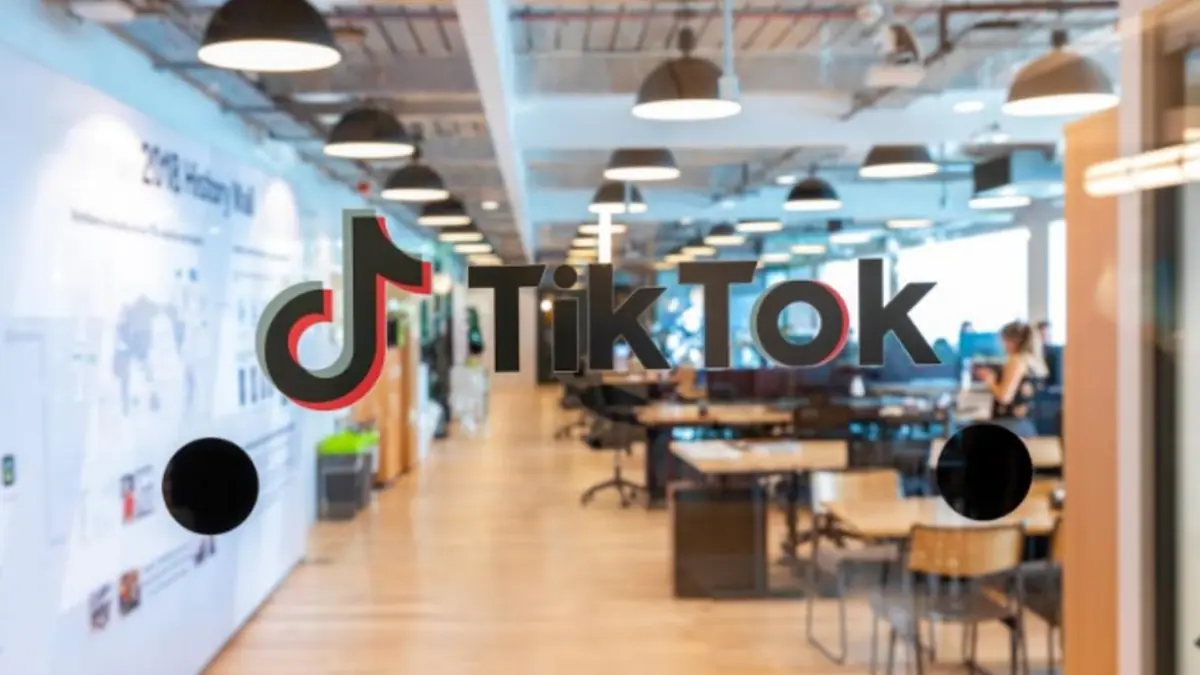


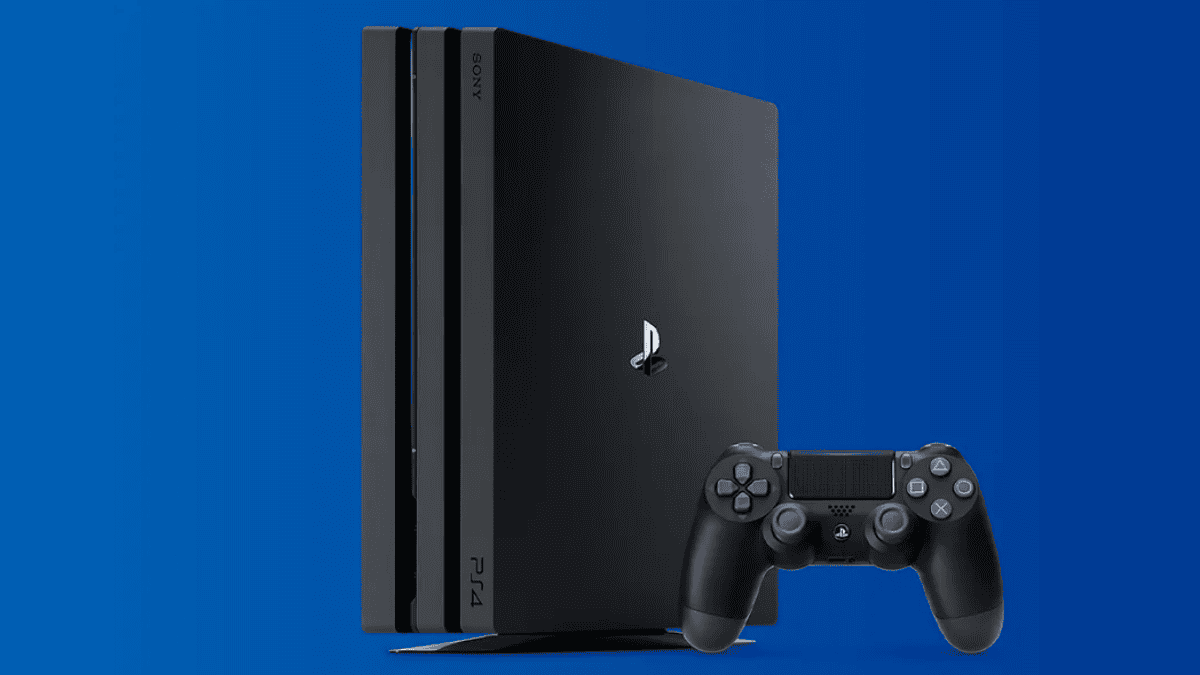
User forum
0 messages